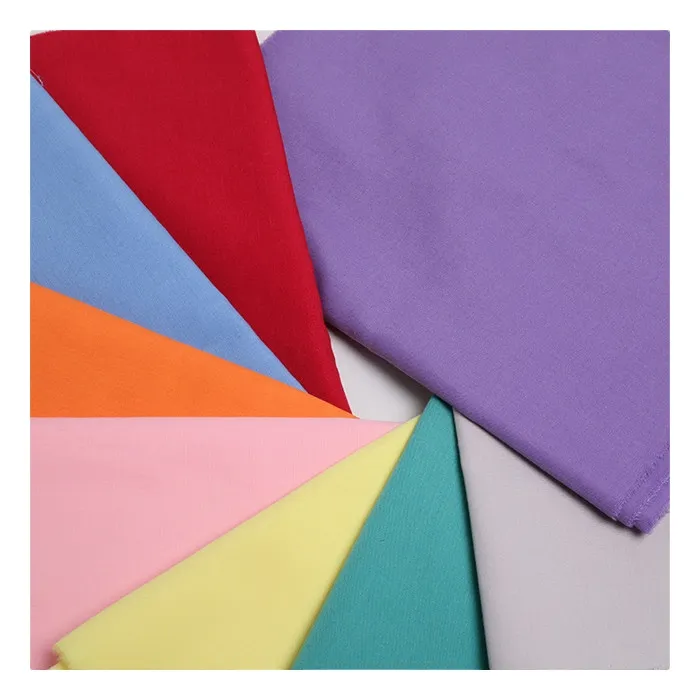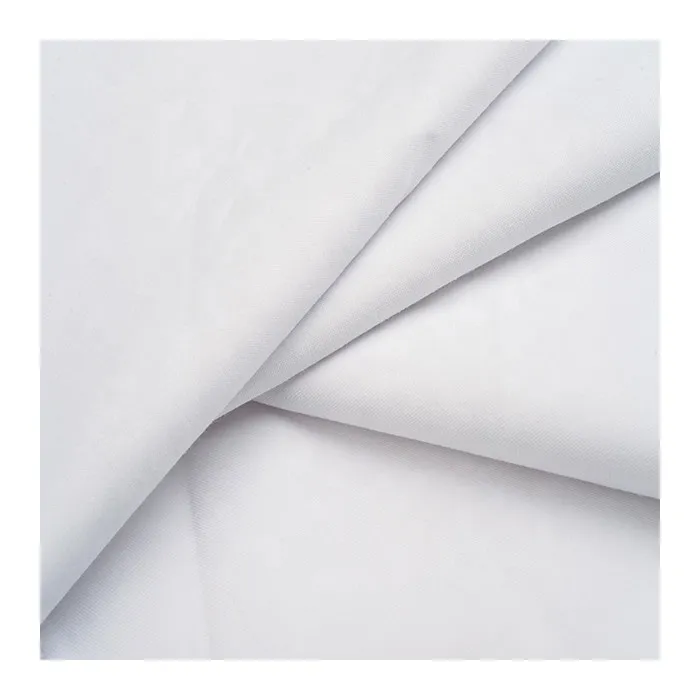
- Afrikaans
- Albanian
- Amharic
- Arabic
- Armenian
- Azerbaijani
- Basque
- Belarusian
- Bengali
- Bosnian
- Bulgarian
- Catalan
- Cebuano
- Corsican
- Croatian
- Czech
- Danish
- Dutch
- English
- Esperanto
- Estonian
- Finnish
- French
- Frisian
- Galician
- Georgian
- German
- Greek
- Gujarati
- haitian_creole
- hausa
- hawaiian
- Hebrew
- Hindi
- Miao
- Hungarian
- Icelandic
- igbo
- Indonesian
- irish
- Italian
- Japanese
- Javanese
- Kannada
- kazakh
- Khmer
- Rwandese
- Korean
- Kurdish
- Kyrgyz
- Lao
- Latin
- Latvian
- Lithuanian
- Luxembourgish
- Macedonian
- Malgashi
- Malay
- Malayalam
- Maltese
- Maori
- Marathi
- Mongolian
- Myanmar
- Nepali
- Norwegian
- Norwegian
- Occitan
- Pashto
- Persian
- Polish
- Portuguese
- Punjabi
- Romanian
- Russian
- Samoan
- scottish-gaelic
- Serbian
- Sesotho
- Shona
- Sindhi
- Sinhala
- Slovak
- Slovenian
- Somali
- Spanish
- Sundanese
- Swahili
- Swedish
- Tagalog
- Tajik
- Tamil
- Tatar
- Telugu
- Thai
- Turkish
- Turkmen
- Ukrainian
- Urdu
- Uighur
- Uzbek
- Vietnamese
- Welsh
- Bantu
- Yiddish
- Yoruba
- Zulu
Feb . 10, 2025 10:10
Back to list
cotton flannel fabric
Poly rubber fabric, a versatile and innovative material, has emerged as a significant evolution in the textile industry. Recognized for its unique properties and adaptability, this fabric caters to a wide range of industries, from fashion and sportswear to heavy-duty industrial applications. The increasing demand for durable, flexible, and water-resistant materials has propelled poly rubber fabric to the forefront, making it an essential component in today's product manufacturing.
In industrial settings, poly rubber fabric proves invaluable due to its robust characteristics. It is commonly utilized in the production of conveyor belts, seals, and gaskets, where its ability to withstand high stress and harsh environments is crucial. The fabric maintains its integrity under extreme temperatures and chemical exposure, making it indispensable in sectors such as automotive, construction, and aerospace. Furthermore, its adaptability allows for easy customization, enabling manufacturers to tailor products to specific requirements and applications. The environmental impact of poly rubber fabric has also been a point of focus for industry experts. The production process for this fabric involves advanced techniques that minimize waste and energy consumption, aligning with sustainable practices. Additionally, the long-lasting nature of the fabric reduces the need for frequent replacements, contributing to environmental conservation by decreasing material waste. Innovations in recycling processes have further enhanced the sustainability of poly rubber fabric, with new methods allowing the fabric to be repurposed at the end of its lifecycle. From a market perspective, the adoption of poly rubber fabric is projected to grow substantially as businesses seek materials that offer both performance and durability. Consumers, increasingly aware of product quality and longevity, are likely to favor items that incorporate poly rubber fabric, thereby increasing its demand. As research and development continue to push the boundaries of this fabric's capabilities, its applications are expected to expand into new areas, presenting exciting opportunities for industries worldwide. In summary, poly rubber fabric stands as a testament to the advancements in material science, offering a combination of strength, flexibility, and environmental consciousness that is unparalleled in traditional textiles. Its broad spectrum of applications across various industries highlights its versatility and indispensability, making it a material of choice for future innovation. As the global market evolves, poly rubber fabric will continue to play a crucial role in shaping the future of product manufacturing, ensuring that businesses meet the dynamic needs of their customers while adhering to sustainable practices.


In industrial settings, poly rubber fabric proves invaluable due to its robust characteristics. It is commonly utilized in the production of conveyor belts, seals, and gaskets, where its ability to withstand high stress and harsh environments is crucial. The fabric maintains its integrity under extreme temperatures and chemical exposure, making it indispensable in sectors such as automotive, construction, and aerospace. Furthermore, its adaptability allows for easy customization, enabling manufacturers to tailor products to specific requirements and applications. The environmental impact of poly rubber fabric has also been a point of focus for industry experts. The production process for this fabric involves advanced techniques that minimize waste and energy consumption, aligning with sustainable practices. Additionally, the long-lasting nature of the fabric reduces the need for frequent replacements, contributing to environmental conservation by decreasing material waste. Innovations in recycling processes have further enhanced the sustainability of poly rubber fabric, with new methods allowing the fabric to be repurposed at the end of its lifecycle. From a market perspective, the adoption of poly rubber fabric is projected to grow substantially as businesses seek materials that offer both performance and durability. Consumers, increasingly aware of product quality and longevity, are likely to favor items that incorporate poly rubber fabric, thereby increasing its demand. As research and development continue to push the boundaries of this fabric's capabilities, its applications are expected to expand into new areas, presenting exciting opportunities for industries worldwide. In summary, poly rubber fabric stands as a testament to the advancements in material science, offering a combination of strength, flexibility, and environmental consciousness that is unparalleled in traditional textiles. Its broad spectrum of applications across various industries highlights its versatility and indispensability, making it a material of choice for future innovation. As the global market evolves, poly rubber fabric will continue to play a crucial role in shaping the future of product manufacturing, ensuring that businesses meet the dynamic needs of their customers while adhering to sustainable practices.
Latest news
-
The Versatility and Elegance of White Cotton Poplin FabricNewsJun.23,2025
-
The Luxurious Comfort of Carded CottonNewsJun.23,2025
-
Explore the Luxurious Comfort of Cotton Flannel ClothNewsJun.23,2025
-
Discover the Versatility of Cotton Poplin ClothNewsJun.23,2025
-
Bleach Cotton FabricNewsJun.23,2025
-
100 Cotton BlendNewsJun.23,2025
-
Versatile Elegance with Poplin Fabric for SaleNewsMay.15,2025
